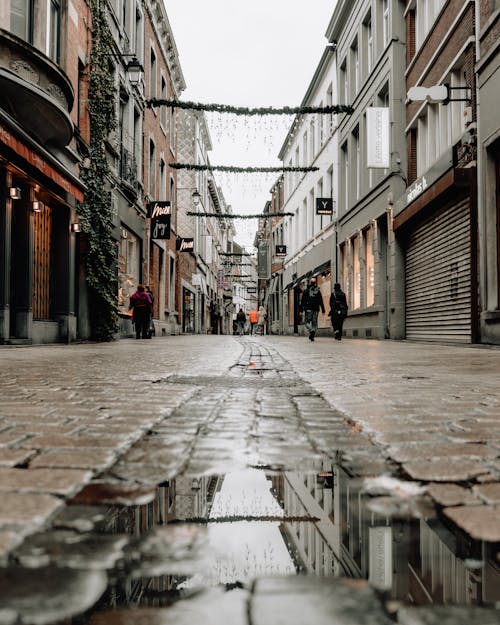Indicators on Framing Streets You Should Know
Indicators on Framing Streets You Should Know
Blog Article
All About Framing Streets
Table of ContentsFraming Streets Fundamentals ExplainedNot known Incorrect Statements About Framing Streets Facts About Framing Streets Uncovered7 Easy Facts About Framing Streets ShownHow Framing Streets can Save You Time, Stress, and Money.What Does Framing Streets Do?
, generally with the purpose of recording images at a decisive or poignant minute by cautious framework and timing. https://medium.com/@davidturley33101/about.
Some Known Facts About Framing Streets.
Susan Sontag, 1977 Road digital photography can concentrate on people and their behavior in public. In this regard, the street digital photographer is similar to social docudrama digital photographers or photographers who likewise operate in public areas, however with the aim of catching relevant events. Any of these digital photographers' photos might record people and residential property visible within or from public areas, which commonly involves navigating honest concerns and legislations of personal privacy, safety and security, and home.
Depictions of everyday public life develop a style in practically every period of globe art, starting in the pre-historic, Sumerian, Egyptian and very early Buddhist art periods. Art dealing with the life of the road, whether within sights of cityscapes, or as the leading motif, appears in the West in the canon of the North Renaissance, Baroque, Rococo, of Romanticism, Realism, Impressionism and Post-Impressionism.
The Ultimate Guide To Framing Streets
Louis Daguerre: "Boulevard du Holy place" (1838 or 1839) In 1838 or 1839 the first photograph of numbers in the street was taped by Louis-Jacques-Mand Daguerre in among a set of daguerreotype views taken from his studio home window of the Blvd du Temple in Paris. The 2nd, made at the height of the day, reveals an uninhabited stretch of road, while the other was taken at concerning 8:00 am, and as Beaumont Newhall records, "The Boulevard, so frequently filled up with a moving throng of pedestrians and carriages was completely singular, other than a person who was having his boots brushed.
His boots and legs were well specified, but he is without body or head, since these were in activity." Charles Ngre, waterseller Charles Ngre. https://www.tumblr.com/framingstreets1/739107565559037952/framing-streets-is-a-timeless-journey-a-journey?source=share was the initial photographer to achieve the technological sophistication called for to sign up people in movement on the street in Paris in 1851. Photographer John Thomson, a Scotsman dealing with reporter and social protestor Adolphe Smith, released Road Life in London in twelve monthly installations starting in February 1877
A Biased View of Framing Streets
Eugene Atget is concerned as a progenitor, not due to the fact that he was the first of his kind, however as a result of the popularisation in the late 1920s of his document of Parisian streets by Berenice Abbott, who was motivated to embark on a comparable documentation of New york city City. [] As the city created, Atget helped to advertise Parisian streets as a worthwhile subject for photography.

What Does Framing Streets Do?
Martin is the very first videotaped digital photographer to do so in London with a masked electronic camera. Mass-Observation was a social study organisation established in 1937 which aimed to tape day-to-day life in Britain and to record the responses of the 'man-in-the-street' to King Edward VIII's abdication in 1936 to marry separation Wallis Simpson, and the succession of George VI. The chief Mass-Observationists were anthropologist Tom Harrisson in Bolton and poet Charles Madge in London, and their very first report was generated as the publication "May the Twelfth: Mass-Observation Day-Surveys 1937 by over 2 hundred onlookers" [] Window cleaner at Kottbusser Tor, Berlin, by Elsa Thiemann c. 1946 The post-war French Humanist College photographers located their topics on the street or in the restaurant. Andre Kertesz.'s extensively admired Images la Sauvette (1952) (the English-language version was labelled The Crucial Moment) advertised the concept of taking an image at what he called the "definitive moment"; "when kind and web content, vision and make-up combined into a transcendent whole" - 50mm street photography.
Things about Framing Streets
The recording equipment was 'a covert cam', a 35 mm Contax hidden underneath his layer, that was 'strapped to the chest and linked to a long cord strung down the appropriate sleeve'. However, his work had little contemporary impact as due to Evans' level of sensitivities regarding the originality of his task and the personal privacy of his topics, it was not released till 1966, in the publication Many Are Called, with an intro written by James Agee in 1940.
Helen Levitt, after that an educator of young youngsters, linked with Evans in 193839. She documented the transitory chalk drawings - Street photography hashtags that became part of youngsters's street culture in New york city at the time, in addition to the kids that made them. In July 1939, Mo, MA's brand-new photography section included Levitt's job in its inaugural exhibitionRobert Frank's 1958 book,, was substantial; raw and commonly out of focus, Frank's pictures questioned traditional digital photography of the moment, "challenged all the formal guidelines put down by Henri Cartier-Bresson and Walker Evans" and "contradicted the wholesome pictorialism and sincere photojournalism of American publications like have a peek here LIFE and Time".
Report this page